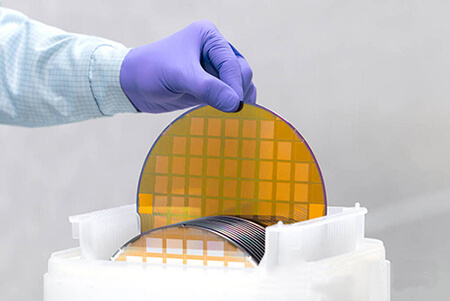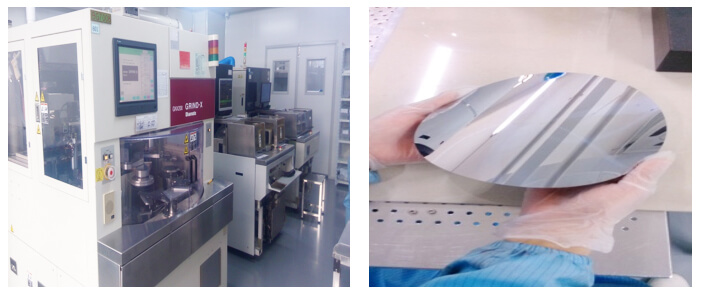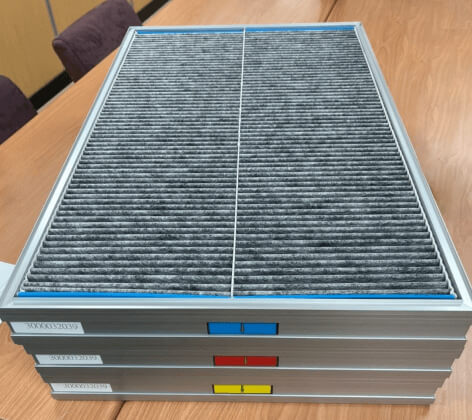Customized Activated Carbon Solutions for Optoelectronic Wafer Factory Air Purification
Optoelectronic wafer fabs are precision manufacturing industries with strict air filtration requirements, and their production processes need to be carried out in a highly clean environment. Therefore, the air cleanliness requirements are very high for wafer fabs. What is the wast gas? And how to choose the suitable activated carbon is extremely important.
Waste gas of Optoelectronic wafer fabs
waste gas components
Optoelectronic wafer factory involves many delicate process steps that require precise environmental control. Waste gas pollutants in the optoelectronic industry include the followings:• Acidic waste gases
• Alkaline waste gases
• Toxic waste gases
• Benzene series ( toluene, xylene)
• Ketone series gas (acetone, isopropyl alcohol, 2-butanone)
• Ethyl acetate, methylene chloride,
• Other organic waste gases

Waste gas source
Acid-base waste gas mainly comes from processes such as diffusion, CVD, CMP and etching, which use acid-base cleaning solution to clean the wafer. Currently, a mixture of hydrogen peroxide and sulfuric acid is a common cleaning solvent used in semiconductor manufacturing processes. The exhaust gases generated in these processes include volatilized gases such as sulfuric acid, hydrofluoric acid, hydrochloric acid, nitric acid, and phosphoric acid. The alkaline gas is ammonia.waste gas influence
The presence of acidic and alkaline gases may adversely affect the quality of optoelectronic wafers and semiconductor devices. Corrosion of equipment in optoelectronic fabs by acidic and alkaline gases may lead to equipment damage and reduced lifespan. The acidic components (such as hydrofluoric acid, hydrogen chloride) and basic components (such as ammonia) in these gases can chemically react with metals or other materials on the surface of equipment, causing erosion and corrosion of materials.Activated carbon absorption

Activated carbon is a special filter material. Although the filter accuracy is not very high, it can effectively absorb odors or harmful gases in the air. It is usually made from materials such as coconut shells, nut shells or coal that have been activated at high temperatures. After activation, a complex and dense pore structure will be formed inside the activated carbon material, allowing it to obtain good adsorption capacity. The activated carbon filter in the high-temperature high-efficiency air filter will firmly adsorb harmful gas molecules in the air during the purification process. Then, under the attraction of intermolecular forces, more and more harmful gas molecules will enter the filter. in the net until the void structure is filled. Activated carbon high-efficiency filter can effectively remove high-concentration acid, alkali and organic compound gases in the air and various harmful gases in the air.
How to choose activated carbon for Optoelectronic industry?
Typically, factories install high-efficiency filters and air purification equipment within their production workshops to cleanse the air. To adhere to stringent air quality standards, fabs commonly employ activated carbon with elevated iodine values and expansive specific surface areas, or impregnated carbon, to absorb acidic and alkaline gases and safeguard their equipment against corrosion.Conclusion about activated carbon for Activated Carbon for Optoelectronic Air Purification
When you consider setting up an advanced optoelectronic fab and ensuring a high-quality production environment, activated carbon is undoubtedly an indispensable partner. Its excellent adsorption properties, especially the efficient removal of acidic and alkaline gases, will provide stability and reliability to your processes, ensuring excellent product quality.Our professional team is dedicated to providing you with the activated carbon and related solutions you need to meet your optoelectronic fab needs. If you have any questions or need a quote, please feel free to contact us.


















